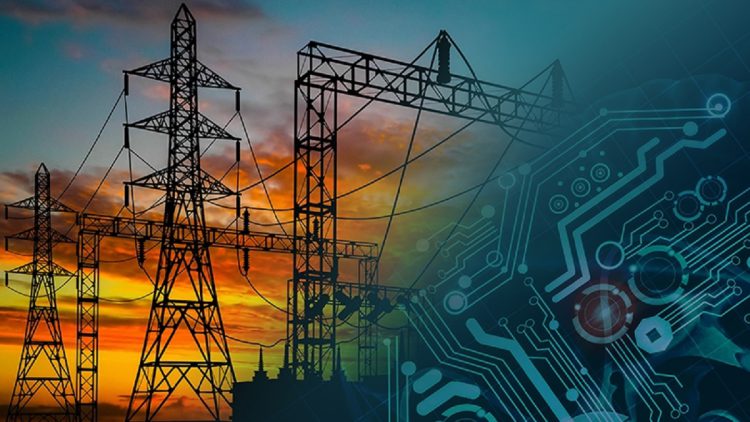In order to run power plant operations smoothly, power plant faults need to be detected, located and classified quickly. For this, artificial neural network approaches are considered significant tool in related application of power system. Power plants failures can take place due to multiple factors for instance lightning strikes, damage of equipment’s at power generation station, nature factor (such as tree falling on transmission lines), and human factors. A power engineering system primarily comprise of transmission, generation, and distribution subsystems. Whereas, the transmission line is the medium by which generation and distribution are linked. Transmission lines are likely prone to numerous faults types when exposed in environment. There are two main types of failures (Symmetrical fault and Unsymmetrical faults). Symmetrical fault occurs when the lines are connected at the same time. We can say that a situation of short-circuit where fault currents and phases are equal, but in case of unsymmetrical failure, lines are unbalanced. Single-line ground faults, line-to-line faults, and double-line-to-ground faults are fine example of Unsymmetrical Faults. Continuous supply of electricity is need of the hour especially for developing countries like Pakistan, India etc., because of high demand of energy in virtually every section of economy, power transmission lines must be reliable, scalable and less vulnerable to losses.
Protection of power plant transmission lines is a significant task to preserve power systems. For smooth operation of power systems, it is essential that faults that occur in lines need to be detected and cleared quickly by locating them as soon as possible. As transmission line are consider being the foremost component of power plant, it is necessarily to locate faults with high accuracy so that it can be repaired speedily. The quality of power supply will be affected by time requires to discover the faults’ location. Due to the nonlinearity of the system, the artificial neural network has been verified to be a significant tool in the related applications of the power system. As compared to conventional methods, artificial neural network proved to be more robust and immune to noise for changing operating conditions in power system. Data driven method is used in many industrial systems that involves input and output magnitudes of the system for detection and classification of faults. Larger datasets can be easily classified and detected by engineers nowadays by using machine learning algorithms in quick time. Machine learning mathematical models allow high precision techniques to identify and classify faults in transmission line of power grid. Artificial Neural Network (ANN) is an intelligent system to identify and resolve the faults that commonly occurs in power plant network.
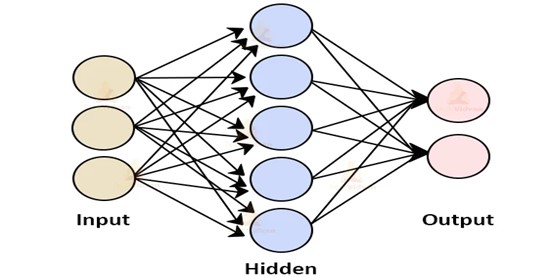
There are also various methods and techniques that could be prospered to carry out this research, such as logistic regression, genetic algorithms, and fuzzy logic. The reason to choose ANN is that it has multi-functions (pattern classification; prediction; pattern recognition etc.) and have efficient performance decision-making capabilities. Several training methods of ANN have been trained, tested, and implemented in the field of power engineering systems. The learning method eliminates the feature extraction process and directly worked on input data acquired from measuring nodes. Long short-term memory (LSTMs) trained by backpropagation neural network can comprehensively predict fault types.
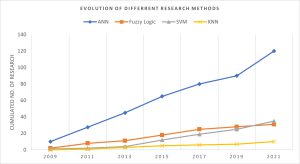
An effective and dependable defensive technique must be able to show suitable results under different system working circumstances and different grid constraints. To the extent that artificial neural networks are concerned, they display brilliant merits such as standardization and simplification capabilities, anti-noise capabilities, heftiness and error lenience. Therefore, the fault detection method centered on artificial neural network should not be seriously affected by the changes of various parameters of the power system. Hence, many techniques based on artificial neural networks have been advanced and exercised to power systems. Various approaches, which are based on artificial neural network, can be used but it depends on phase current and voltage sample how they are treated.
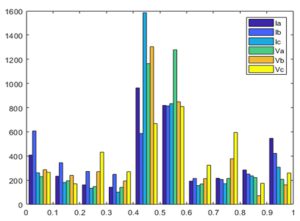
Each treated current and voltage sample have to be standardized in order to attain the level of artificial neural network. As power plants configurations changes rapidly because of maintenance or expansion, the ANN should adopt flexibility in response to these changes. ANN could be enhanced by using an optimizer as it replaces the conventional algorithm with optimized algorithm.

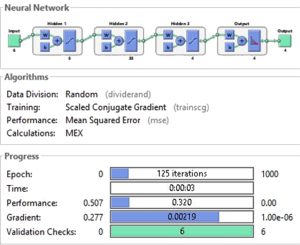
By using different optimization algorithm along with ANN, fast and accurate results are achievable. ANN has ability to solve non-linear problem in quick time, which is a hectic task for humans to solve in real time. Because of its flexibility adoption, programming techniques and ability to solve problem rapidly makes it the most used artificial intelligence technique in different fields where non-linear problems need to be solved.
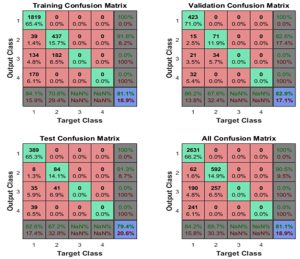
It has been detected that the advanced procedure successfully performs rapid and precise classification & detection for exclusive arrangements of faults circumstances, for instance, System fault nature, fault endurance, and fault location. Training and test results show that these neural network-based methods can effectively detect and classify faults on transmission lines and have satisfactory performance.
The authors are Professor and Associate Professor at Department of Electrical Engineering, Pakistan Navy Engineering College (PNEC), NUST. They can be reached at [email protected] and [email protected] respectively.



